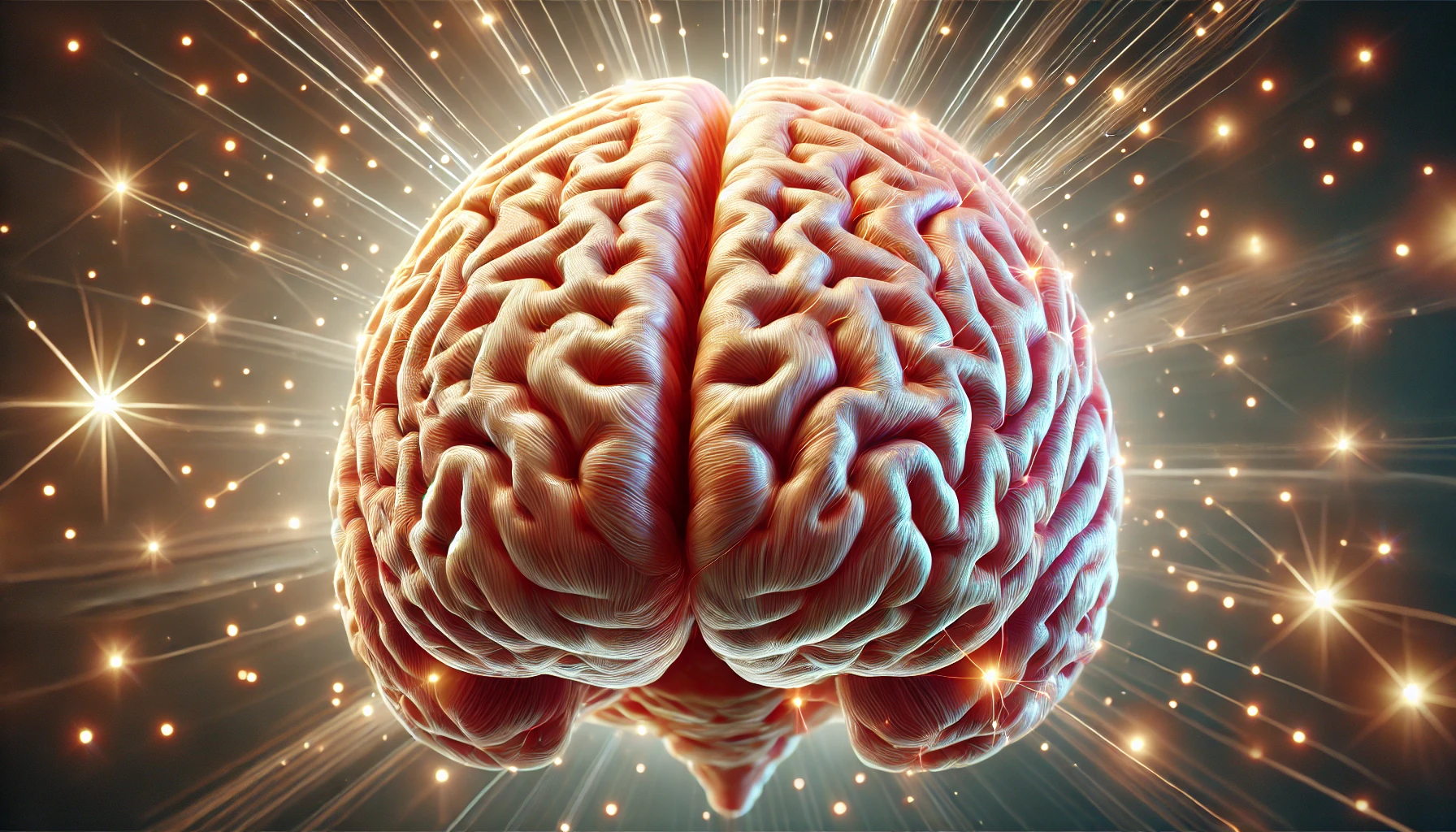Check out this answer from Consensus:
The cerebral cortex is a highly complex and dynamic structure that underlies many of our cognitive and perceptual abilities. Advances in neuroimaging and genetic studies have significantly enhanced our understanding of its development, organization, and plasticity. Continued research in this area holds promise for uncovering the mechanisms underlying neurodevelopmental disorders and improving our ability to diagnose and treat these conditions.
The cerebral cortex is a critical structure in the human brain, responsible for many complex functions such as perception, thought, language, and voluntary movement. This article provides an overview of the cerebral cortex, its development, organization, plasticity, and the genetic factors influencing its structure.
Development of the Cerebral Cortex
The development of the cerebral cortex is a highly intricate process involving the proliferation and differentiation of neural progenitor cells. Radial glial cells (RGCs) play a foundational role in this process, giving rise to various types of neurons through direct and indirect neurogenesis5. The human cerebral cortex has unique genetic, molecular, cellular, and anatomical features that distinguish it from other species, making it a focal point for understanding neurodevelopmental disorders3.
Structural and Functional Organization
The cerebral cortex is organized into six layers and numerous specialized areas, each responsible for different aspects of sensation, movement, and cognition2. These areas are interconnected by a dense network of cortico-cortical axonal pathways, forming a structural core that is crucial for functional integration4. Functional connectivity studies have revealed both local networks confined to sensory and motor cortices and distributed networks of association regions8.
Plasticity and Adaptation
The cerebral cortex exhibits remarkable plasticity, allowing it to adapt to changes in inputs and recover from injuries. This plasticity is evident in the formation of new connections and the reorganization of existing ones in response to environmental changes and learning experiences2. The ability of the cortex to adapt is a key factor in its role in cognitive functions and behavioral flexibility.
Genetic Influences
Genetic factors play a significant role in determining the structure and function of the cerebral cortex. Genome-wide association studies have identified numerous genetic loci associated with variations in cortical surface area and thickness, which are linked to cognitive and psychiatric traits6. These findings support the radial unit hypothesis, suggesting that different developmental mechanisms promote surface area expansion and increases in thickness.
Neurodevelopmental Trajectories
The maturation of the cerebral cortex follows a dynamic, heterochronous pattern, with different regions reaching peak cortical thickness at varying ages. This developmental trajectory is closely aligned with the complexity of the cortical laminar architecture, with more complex areas showing more intricate growth patterns7. Understanding these trajectories is crucial for identifying the developmental origins of neuropsychiatric conditions.
Mapping and Parcellation
Accurate mapping of the cerebral cortex is essential for understanding its complex organization. Recent advances in multi-modal magnetic resonance imaging have enabled the delineation of 180 cortical areas per hemisphere, providing a detailed map of cortical architecture, function, connectivity, and topography10. These maps are invaluable for studying the structural and functional organization of the cortex and its variations across individuals and in different conditions.
